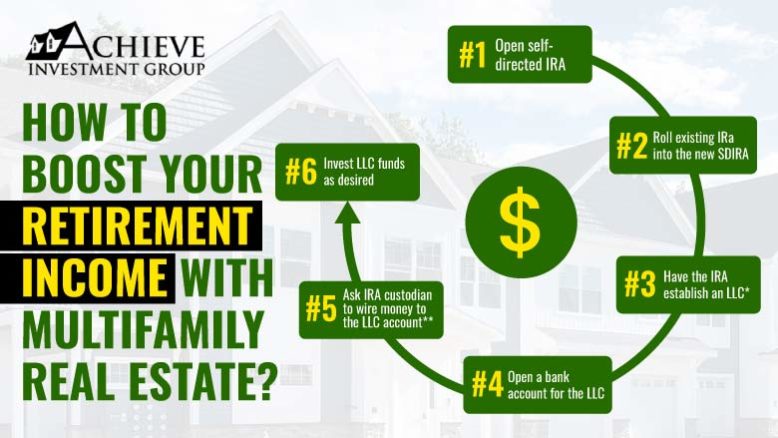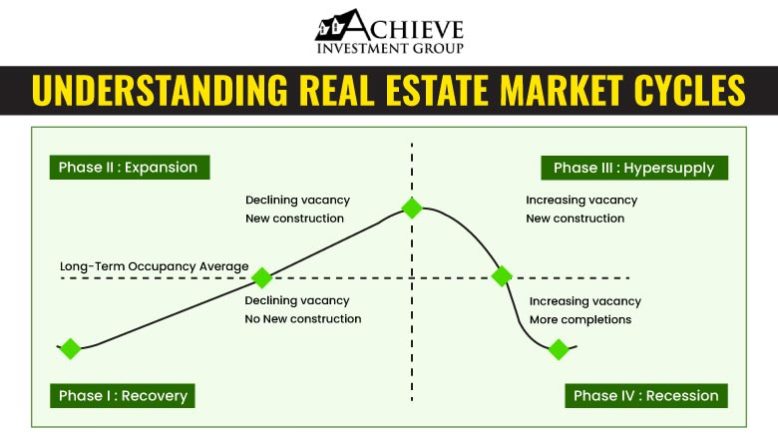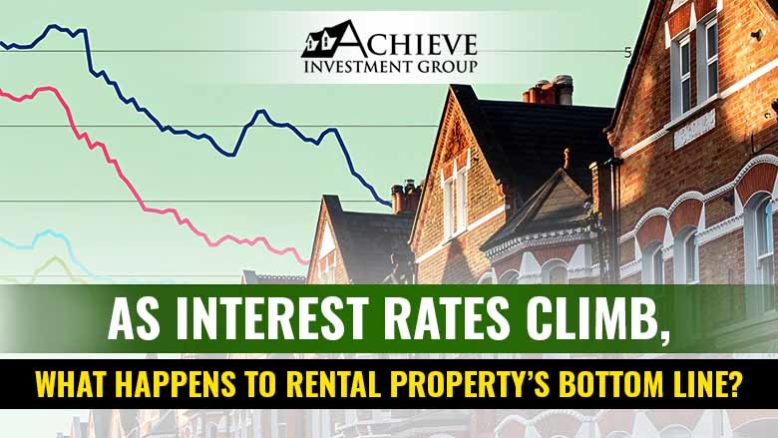How to Boost Your Retirement Income With Multifamily Real Estate?
When you are retired, you want to make sure you have enough money to live on for the rest of your life. While some people may continue working after they retire, others choose to stop working and focus on enjoying their retirement. To ensure that you have enough money in retirement, you must have a solid financial plan and save as much as possible. However, there are many other ways to increase the amount of money coming into your bank account. One way is through real estate investing. Multifamily real estate investments allow you to diversify your portfolio and create a more stable retirement income stream. Multifamily real estate investments are a great way to accelerate your retirement savings. The numbers don’t lie – multifamily real estate is a proven investment that can help you build wealth and achieve financial independence faster than other asset classes. Why Invest in Multifamily Properties? Multifamily property ownership can be a good way to earn passive income, and it can also help you build wealth through appreciation and tax benefits. The value of multifamily properties tends to appreciate over time, especially in areas with strong demand for rental housing. Multifamily properties can provide you with income in the form of rent payments, which means that your money is working for you instead of sitting in an account somewhere. The more units you have, the more rent you will collect each month. In addition, as long as your tenants pay their rent on time, your income is stable and predictable. Related: What To Consider Before Investing in Multifamily Real Estate Here are Four ways Real Estate can Boost your Retirement Income: Regular and predictable income: Multifamily properties often generate consistent and predictable rental income, providing a steady cash flow to support your retirement. Diversification of your investment portfolio: Real estate investing offers exposure to multiple asset classes like stocks and bonds, which are less volatile than real estate investments. This means that if one asset class experiences a downturn, other asset classes should perform well, so your portfolio does not suffer too greatly from any losses. Potential for long-term appreciation: Real estate prices tend to appreciate over time due to inflation and population growth, which means if you buy an investment property now, the value will most likely go up in the future, making it easier for you to sell when the market improves or even rent out your property. Professional management: Many multifamily properties are managed by professional property managers, which can reduce the time and effort required to manage the investment. This can free up your time and energy to focus on other aspects of your retirement plan. Bottom Line Multi-family real estate can be a great way to pre-fund your retirement. In this article, we will cover the ins and outs of how multi-family works and how you can get started investing with properties that could provide consistent cash flow while renting them out or using them as rental properties. Join Us For A Daily 60-second Coffee Break Series For Passive Investing In Commercial Real Estate With James Kandasamy, The Best-selling Real Estate Author And Mentor.










